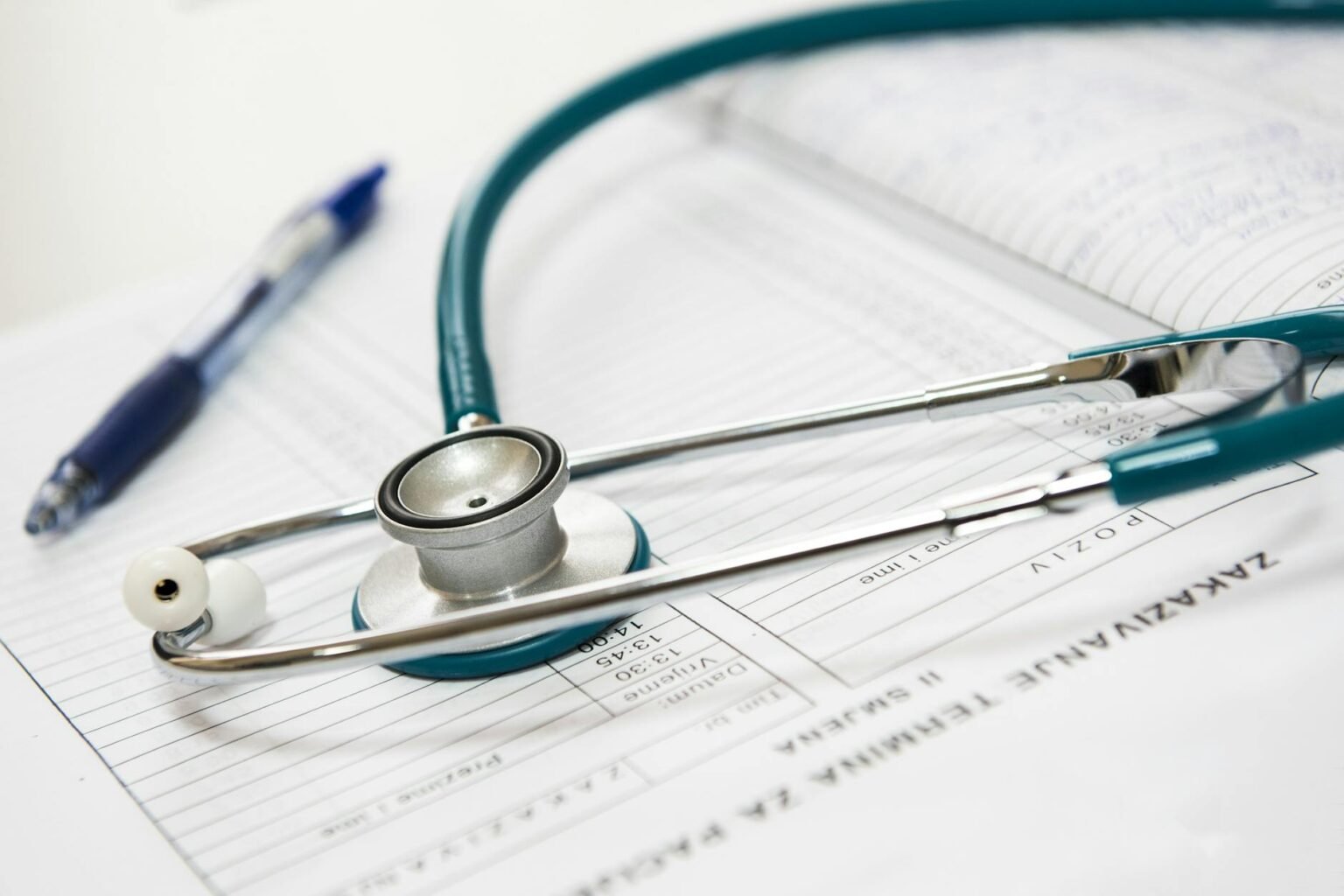The Union Health Ministry recently released the 9th National Health Account (NHA) estimates for 2021-22, . These estimates provide a closer look at how the country is spending on healthcare and show the government’s growing efforts to invest in public health.
Key Highlights from the 2021-22 NHA Estimates
Over the past nine years, there has been a considerable improvement in the methodology used for these estimates, leading to a more accurate representation of how the government allocates funds for healthcare. One of the most positive signs is the decline in Out-of-Pocket Expenditure (OOPE), which has dropped significantly from 64.2% of Total Health Expenditure (THE) in 2013-14 to 39.4% in 2021-22. This means more people are getting healthcare support without having to spend from their own pockets.
Government initiatives like Ayushman Bharat PMJAY have played a major role in this shift, saving the country over Rs 1 lakh crore and positively impacting healthcare affordability. Other programs, like the Free Dialysis scheme launched in 2015-16, have also brought relief to 25 lakh people, further reducing the burden on families.
Increased Government Spending on Health
The NHA estimates show that the government is prioritizing healthcare spending, a move that is helping to reduce financial burden on households. The total health expenditure has risen, showing the government’s increasing focus on public health.
How India’s Health System Compares Globally
India’s NHA estimates follow the globally recognized System of Health Accounts (SHA), 2011 framework. It allows for easy comparison with other countries. The report provides a detailed view of the financial flows within India’s health system—covering where the money comes from, how it’s spent, and the types of healthcare services accessed by citizens.
Rising Government Health Expenditure (GHE)
The 2021-22 report highlights a continued increase in Government Health Expenditure (GHE), showing the government’s growing commitment to healthcare:
- GHE as a share of GDP increased from 1.13% in 2014-15 to 1.84% in 2021-22.
- GHE as a percentage of General Government Expenditure (GGE) also grew, from 3.94% in 2014-15 to 6.12% in 2021-22.
Per Capita Spending Triples
In terms of spending per person, Government Health Expenditure (GHE) has nearly tripled, rising from Rs. 1,108 in 2014-15 to Rs. 3,169 in 2021-22. Between 2020-21 and 2021-22, government health spending grew by an impressive 37%, much of which can be related to the response to the COVID-19 pandemic.
Decline in Out-of-Pocket Expenditure (OOPE)
The drop in Out-of-Pocket Expenditure (OOPE) over the years indicates that more people are being financially protected from the costs of healthcare. Between 2014-15 and 2021-22, the share of Government Health Expenditure (GHE) in the Total Health Expenditure (THE) rose from 29% to 48%, while OOPE dropped from 62.6% to 39.4%.
This trend highlights the government’s efforts in providing more comprehensive health coverage and reducing the financial burden on families.
Social Security Expenditure on the Rise
Another positive trend is the increase in Social Security Expenditure (SSE), which helps reduce the need for individuals to pay out of pocket. SSE, which includes government-funded health insurance and other social health programs, saw its share in Total Health Expenditure (THE) rise from 5.7% in 2014-15 to 8.7% in 2021-22.
The 2021-22 NHA estimates show a picture of a healthcare system that is rapidly evolving, with the government taking big steps to release the financial burden on households. With an increasing focus on public health investment, India is moving closer to achieving Universal Health Coverage and ensuring that healthcare is accessible to all.
The National Health Account (NHA) Estimates 2021-22 provide crucial insights for aspirants preparing for RBI Grade B and other government exams. Understanding India’s healthcare financing, as highlighted by the decline in Out-of-Pocket Expenditure (OOPE) and the rise in Government Health Expenditure (GHE), can be essential for the RBI Grade B exam syllabus. Staying updated on such national reports can enhance candidates’ knowledge of public health policies, a significant aspect of economic governance.


